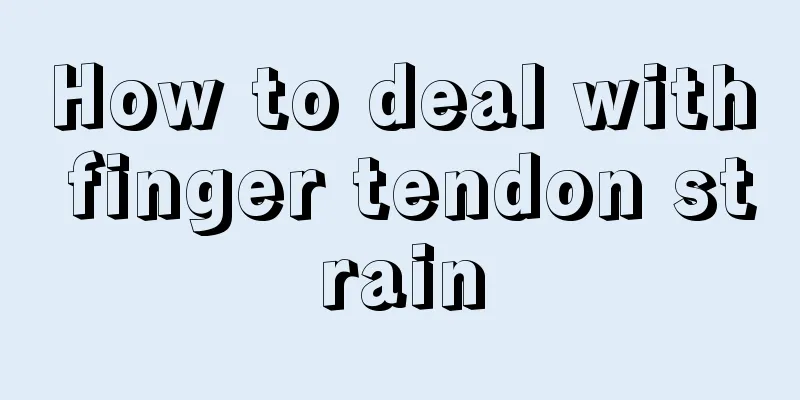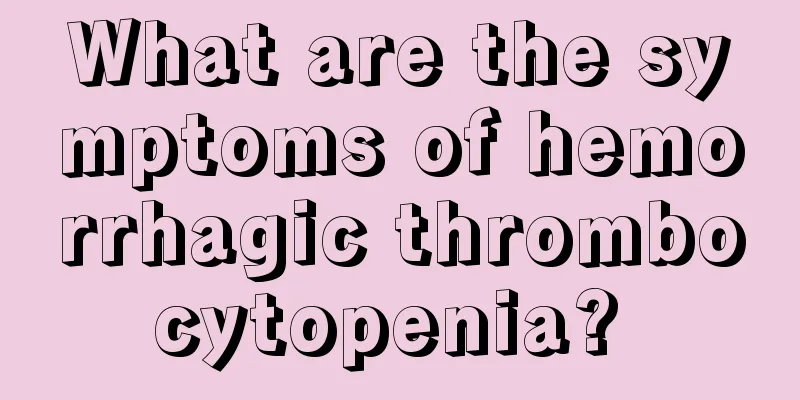How to deal with finger tendon strain

|
When you strain the tendons of your fingers, you need to pay attention to the wound. If there is a break or a large piece of it, or an avulsion fracture, then it is recommended to undergo surgical treatment and fixation in a timely manner. The most important thing is that you cannot use these parts again after the tendon is strained. (i) Extensor tendon insertion rupture is usually caused by puncture wounds, sudden flexion of the distal interphalangeal joint, and avulsion of the extensor tendon attachment point. Local cutting injuries may also cause severance. It manifests as hammer finger deformity, and some patients have avulsion fractures. 1. After debridement of the open wound, the tendon is sutured, the finger is placed in hyperextension of the distal interphalangeal joint and flexion of the proximal interphalangeal joint to relax the extensor tendon, and fixed with plaster or aluminum plate for 4 to 6 weeks. 2. Close the wound and fix it in the above position for 4 to 6 weeks. If accompanied by a larger avulsion fracture, early surgery can be performed, using the "wire pull-out method" to fix the fracture fragments, and external fixation with plaster or aluminum splints. 3. In old injuries, the proximal tendon retracts, forming a scar at the rupture site, causing the tendon to relax. Those with minor impact on function can be left untreated. If the function is greatly affected, surgical treatment is performed. An S-shaped incision is made on the dorsal side of the distal interphalangeal joint, the skin flap is turned over, and the fascia is overlapped and sutured. Fix in the above position for 4 to 6 weeks after surgery. (ii) When the central bundle of the extensor tendon is ruptured, the dorsal side of the proximal interphalangeal joint protrudes when the finger is flexed. This area is easily injured and is often accompanied by a rupture of the central bundle. Normally, the central bundle and the lateral bundles are on the dorsal side of the long axis of the finger. After the central bundle is ruptured, the lateral bundles can still extend the finger. If the central bundle is not repaired in time, as the fingers flex, the two side bundles will gradually slide toward the palm side. At this time, the lateral bundles will not be able to extend the fingers, but will cause the proximal interphalangeal joint to flex and the distal interphalangeal joint to hyperextend, forming a typical "buttonhole" deformity. (III) Injuries to the extensor tendons of the dorsum of the hand, dorsum of the wrist, and forearm should all be treated with primary suture of the ruptured extensor tendons, which has a better effect. When the dorsal part of the wrist is broken, the corresponding part of the dorsal transverse wrist ligament and synovial sheath should be cut open so that the tendon is directly located under the skin. |
<<: What to do with soft tissue injury
>>: What to do if you strain your knee tendon
Recommend
How is chemotherapy for lung cancer performed? Through these processes
Chemotherapy for lung cancer mainly includes loca...
What are the early symptoms of cervical cancer? What are the early manifestations of cervical cancer?
What are the early symptoms of cervical cancer? C...
Can color Doppler ultrasonography detect advanced liver cancer? What are the diagnostic methods for liver cancer?
In recent years, the incidence of liver cancer ha...
How to distinguish the authenticity of deer antlers
Everyone knows that deer antler is a precious med...
There are some small red bumps on my thighs
The appearance of small red bumps on the body is ...
Does an eyelash curler harm eyelashes?
An eyelash curler is used to curl eyelashes, maki...
Is it better to brush your teeth before or after meals?
Teeth are a very important part of the human body...
Will I have stomach pain during ovulation?
Women always experience different body pains, esp...
Can persimmon and garlic be eaten together
It is the time to eat persimmons in autumn. Sweet...
What is Shengli Salt Water
Salt is an indispensable substance in life. It is...
What to do if fish has bloated belly?
Nowadays, people raise fish everywhere, and many ...
What anti-inflammatory medicine should I take after getting stitches on my hand cut
Everyone says that a pair of beautiful hands can ...
What's wrong with the tearing pain in my heart
The heart feels like it is tearing, which is most...
How to treat pheochromocytoma, conservative treatment is best
Pheochromocytoma is a benign tumor that originate...
What should I do about breast cancer
Breast cancer is a phenomenon in which breast epi...









